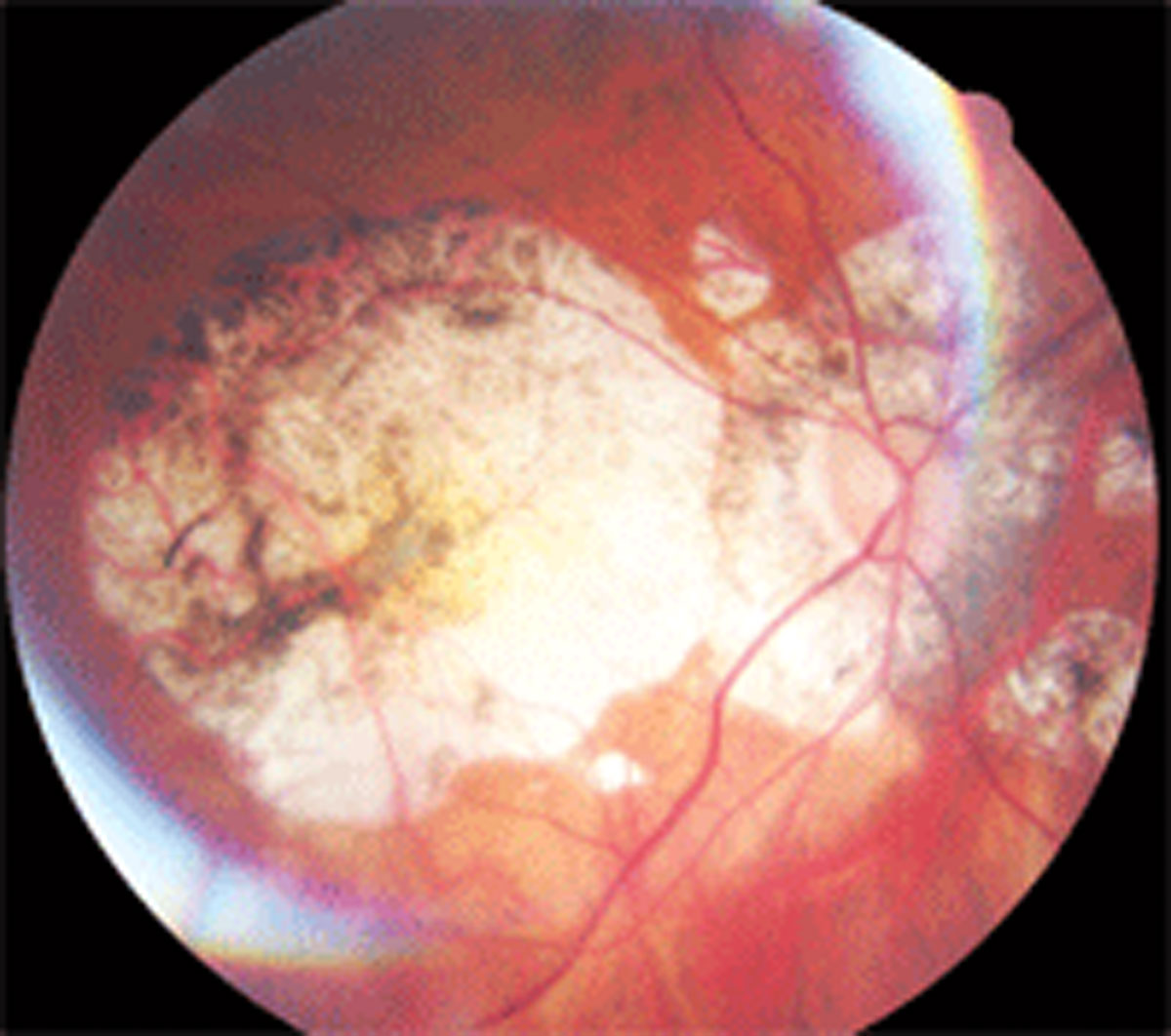 |
Myopia development and progression may be more common in young adults than was previously thought. Photo: Alan G. Kabat, OD, and Joseph W. Sowka, OD. Click image to enlarge. |
The worldwide proliferation of myopia has led researchers to shine a brighter spotlight on this condition, with much of the focus placed on young adolescents, since many studies have cited that myopia develops and progresses fastest during childhood and stabilizes in the mid-teenage years. Looking beyond this age group, a new investigation found that more than one-third of adults experienced myopia progression in their twenties, although at a slower rate compared with childhood.
“Our findings provide evidence that myopia can start to develop and continue to progress during young adulthood,” the authors wrote in their paper. “The eye continues to elongate axially in some participants during young adulthood, which may contribute to the increased risk of myopia-related complications as these young adults reach middle and older age. Our findings highlight the need for research into myopia control methods in young adults in addition to those currently being researched in children.”
The Raine Study observed a cohort of participants from their prenatal periods from 1989 to 1991, when more than 2,900 pregnant women were recruited from the King Edward Memorial Hospital and surrounding obstetric clinics in Perth, Australia. At the 20-year follow-up (ages 18 to 22 years), patients underwent their first Raine Study eye exam and were asked to return at their 28-year follow-up.
The investigation’s latest arm found significant increases over an eight-year period in both myopia (0.04D per year) and axial length (AL, 0.02mm per year). Additionally, 526 patients without the condition at baseline experienced a 14% increase in myopia incidence from ages 20 to 28.
The 20- and 28-year follow-ups occurred from 2010 to 2012 and from 2018 to 2020, respectively. A total of 516 participants without myopia or high myopia at baseline were included in the incidences analyses, while 691 participants were included in the progression analysis. Both eye exams included conjunctival ultraviolet autofluorescence photography, ocular biometry, post mydriatic autorefraction/keratometry and lens thickness measurements. A participant was considered to have myopia or high myopia if either or both eyes had a spherical equivalent of 0.50D or less or 6D or less, respectively.
Key study highlights included:
The eight-year myopia and high myopia incidences were 14% and 0.7%, respectively.
A myopic shift of 0.50D or greater in at least one eye occurred in 261 participants (roughly 38%).
Statistical significance was found in longitudinal changes in SE (-0.04D per year), AL (0.02mm per year) and lens thickness (0.02mm per year).
Incident myopia was linked to self-reported East Asian vs. white race, female vs. male sex, smaller conjunctival ultraviolet autofluorescence area (per 10mm2 decrease, indicating less sun exposure) and parental myopia.
Rates of myopia progression and axial elongation were faster in female participants (SE: 0.02D per year, AL: 0.007mm per year) and in those with parental myopia (estimate per parent=SE: 0.01D per year, AL: 95%). Women also had greater changes in refractive measures between ages 20 and 28.
The researchers didn’t find an association between education level and myopia incidence or progression.
Lee SSY, Lingham G, Sanfilippo PG, et al. Incidence and progression of myopia in early adulthood. JAMA Ophthalmol. January 6, 2022. [Epub ahead of print]. |

